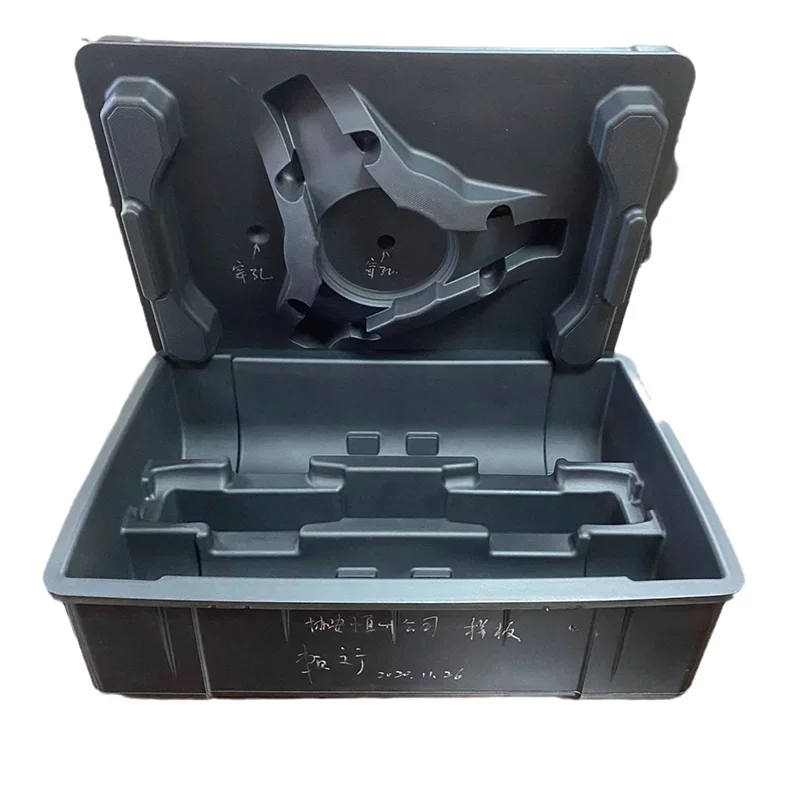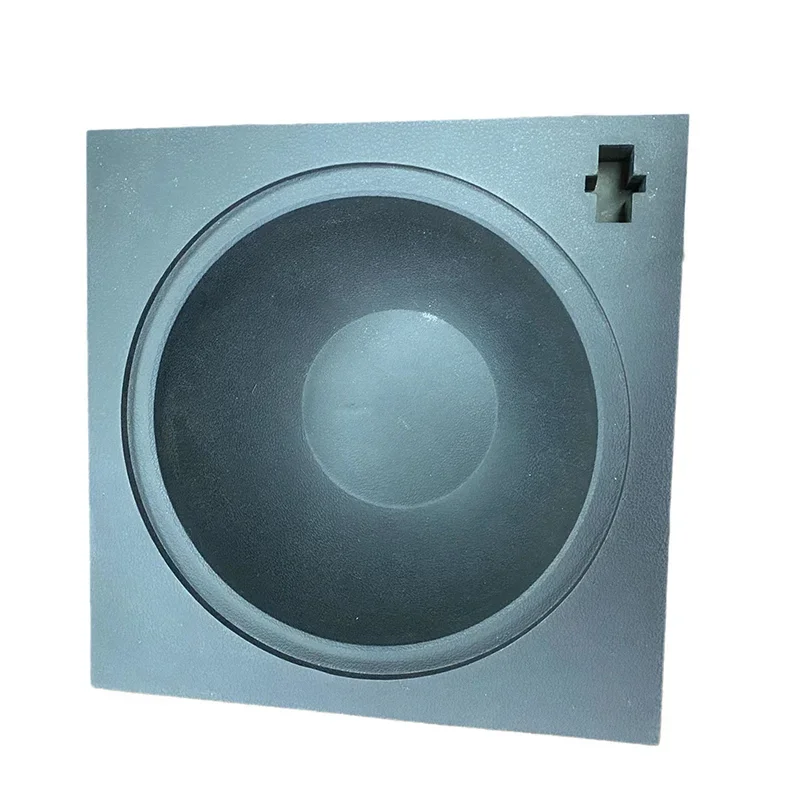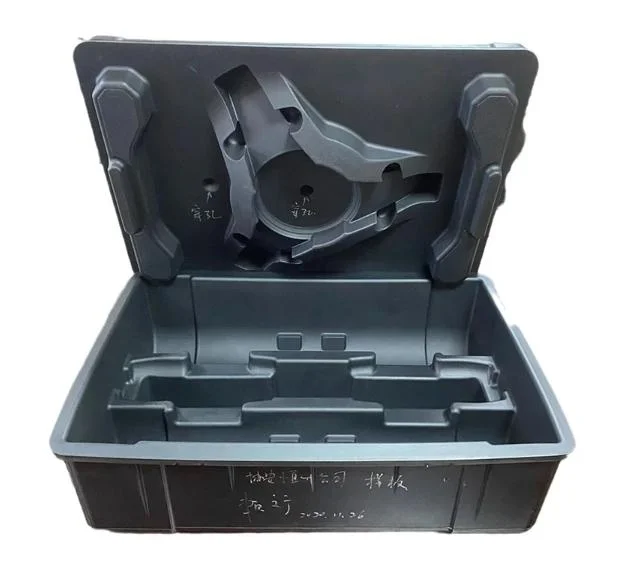Foam lining is a versatile and widely used material that offers numerous benefits in various industries. From packaging to automotive, construction to sports equipment, foam lining plays a crucial role in enhancing protection and safety. This article explores the different applications of foam lining and highlights its advantages in terms of cushioning, insulation, durability, and customization.
Foam Lining in Packaging: Protecting Fragile Items
Foam lining is extensively used in packaging to protect fragile items during transportation. The cushioning properties of foam help absorb shocks and vibrations, preventing damage to delicate products. Whether it's electronics, glassware, or artwork, foam lining provides a protective barrier that minimizes the risk of breakage. Additionally, foam can be customized to fit the shape and size of the item, ensuring a snug and secure fit.

Foam Lining in Automotive: Enhancing Safety and Comfort
Foam lining plays a vital role in the automotive industry, primarily in vehicle interiors. The seats, headrests, armrests, and door panels are often lined with foam to enhance safety and comfort. Foam absorbs impact energy during collisions, reducing the risk of injury to passengers. Moreover, foam provides insulation against noise, heat, and vibrations, creating a more comfortable driving experience. The ability of foam to conform to body contours also improves ergonomics, reducing fatigue during long drives.
Foam Lining in Construction: Insulating and Soundproofing
In the construction industry, foam lining is used for insulation and soundproofing purposes. Foam insulation panels are installed in walls, roofs, and floors to improve energy efficiency by reducing heat transfer. The closed-cell structure of foam prevents air leakage, creating a thermal barrier that keeps buildings cool in summer and warm in winter. Additionally, foam lining helps dampen sound transmission, making buildings quieter and more comfortable.

Foam Lining in Sports Equipment: Preventing Injuries
Foam lining is an essential component in various sports equipment, including helmets, knee pads, and shin guards. The impact-absorbing properties of foam help reduce the risk of injuries during high-impact activities. Foam liners in helmets, for example, provide cushioning and distribute the force of impact, protecting the head from severe injuries. In sports like skateboarding, foam lining in knee pads and shin guards offers additional protection by minimizing the impact on joints and bones.
Foam Lining in Electronics: Protecting Sensitive Components
Electronics often contain delicate and sensitive components that require protection during transportation and use. Foam lining is used in electronic devices such as laptops, smartphones, and cameras to safeguard these components from shocks and vibrations. The shock-absorbing properties of foam help prevent damage to circuit boards, screens, and other fragile parts. Additionally, foam can be customized to fit the specific dimensions of electronic devices, ensuring a secure and snug fit.

Durability and Longevity of Foam Lining
One of the significant advantages of foam lining is its durability and longevity. Foam materials are known for their resilience and ability to withstand repeated impacts without losing their cushioning properties. Whether it's packaging foam, automotive foam, or sports equipment foam, the material retains its protective qualities over an extended period. This durability makes foam lining a cost-effective choice, as it reduces the need for frequent replacements.
Customization Options for Foam Lining
Foam lining offers a wide range of customization options to suit specific requirements. Foam can be cut, shaped, and molded into various forms, allowing for a perfect fit in different applications. Customization also extends to the density and firmness of the foam, enabling manufacturers to tailor the level of cushioning and support. Furthermore, foam can be laminated with other materials, such as fabrics or adhesives, to enhance its functionality and aesthetics.

Conclusion
Foam lining provides numerous benefits in terms of protection and safety across various industries. From packaging fragile items to enhancing safety in automotive interiors, foam lining offers cushioning, insulation, durability, and customization options. Its ability to absorb shocks, distribute impact energy, and provide insulation makes foam lining an indispensable material for protecting delicate components and ensuring the safety and comfort of users. With its versatility and long-lasting properties, foam lining continues to play a vital role in enhancing protection and safety in countless applications.







